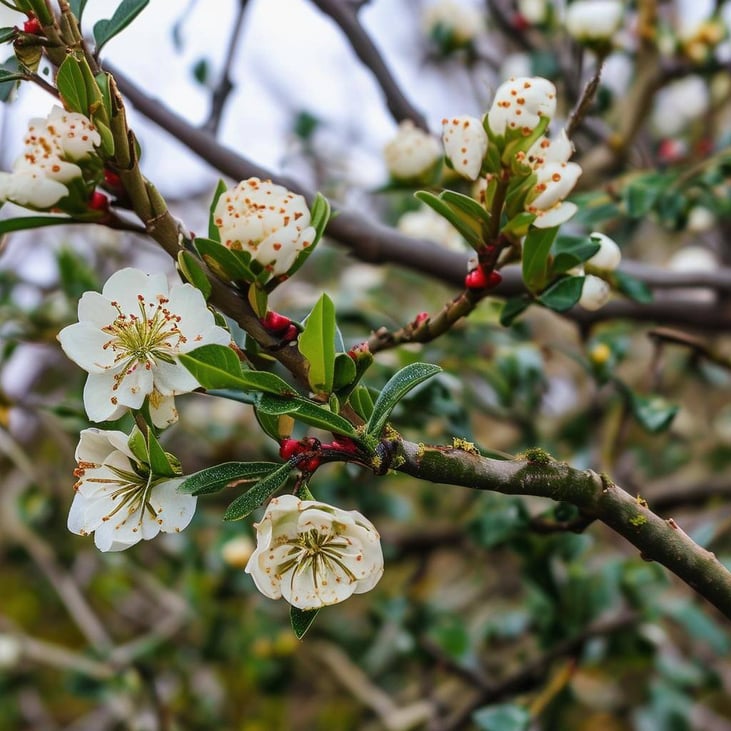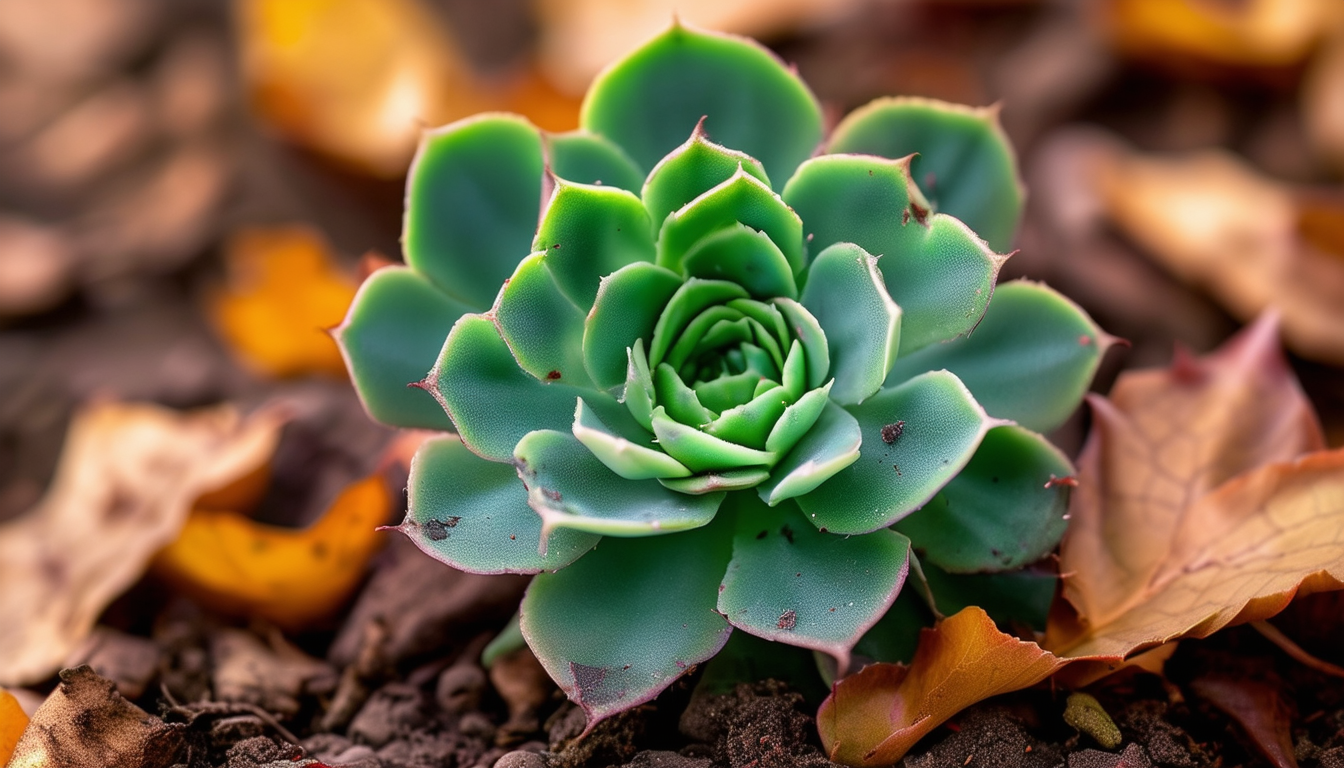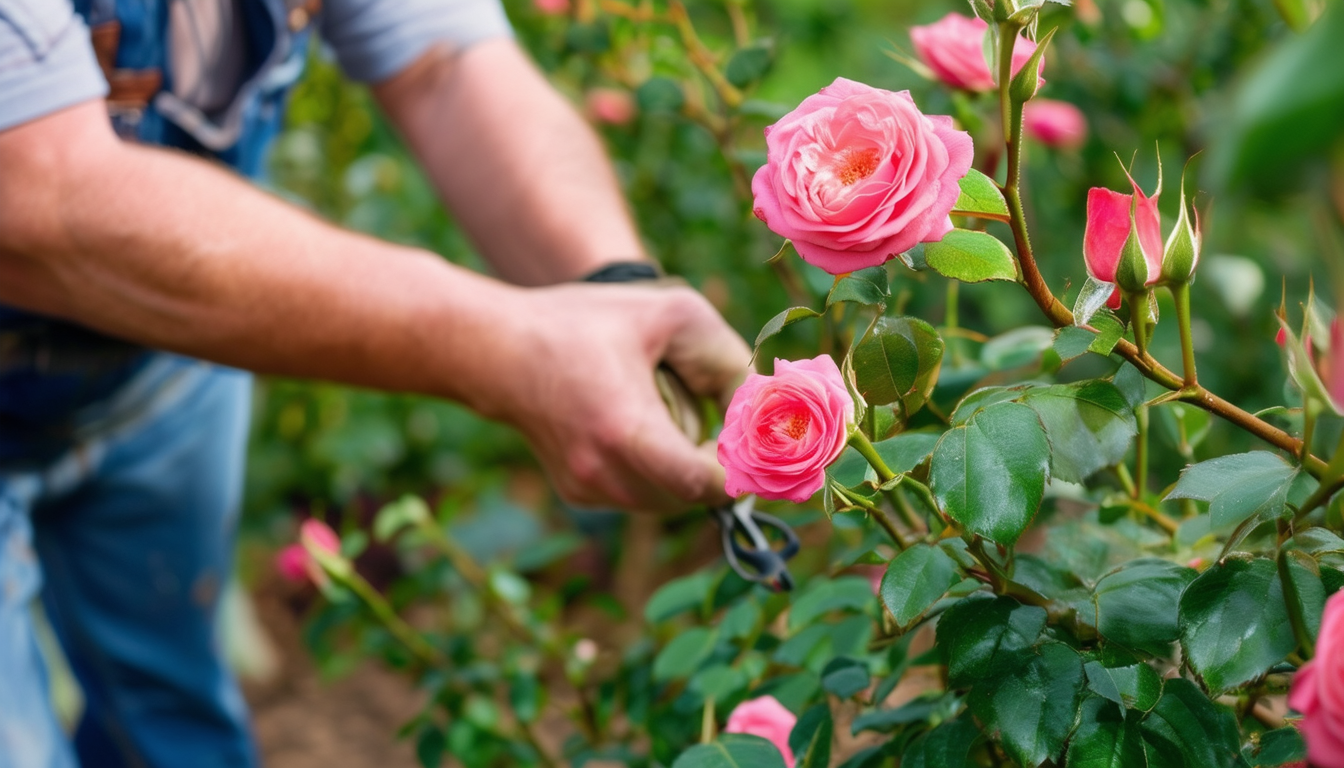
Unlock the secrets to perfect pruning and ensure your winter flowering shrubs thrive all season long.
Intro - Understanding the Growth Cycle of Winter Flowering Shrubs
Winter flowering shrubs bring vibrant color and life to your garden during the coldest months. Understanding their growth cycle is crucial to maintaining their health and ensuring they bloom beautifully. These shrubs typically develop buds in the previous growing season and then blossom in winter.
Knowing when and how to prune can significantly impact their growth and flowering potential. By familiarizing yourself with their unique cycle, you'll be better equipped to care for them and enjoy their seasonal display.
Why Timing Matters: The Impact of Pruning at the Right Moment
Timing is everything when it comes to pruning winter flowering shrubs. Pruning at the right time helps to encourage growth, remove dead or diseased branches, and shape the plant for optimal sunlight exposure. If you prune too early or too late, you risk cutting off the buds that will become next season's flowers.
By carefully timing your pruning efforts, you ensure that your shrubs remain healthy and vibrant, providing a stunning display of flowers when you need them most. This not only enhances your garden's aesthetics but also supports the overall well-being of your plants.
5 Step Guide to Pruning Winter Flowering Shrubs
1. **Identify the Right Time:** Prune immediately after the flowering period ends, before new buds form. This typically falls in late winter to early spring.
2. **Gather Your Tools:** Use sharp, clean pruning shears to make precise cuts. Disinfect tools to prevent the spread of disease.
3. **Remove Dead or Diseased Wood:** Start by cutting away any dead or diseased branches. This helps to prevent pests and diseases from spreading.
4. **Shape the Shrub:** Trim back overgrown areas to maintain the desired shape and size of your shrub. Aim to create an open structure that allows sunlight to penetrate.
5. **Encourage New Growth:** Make clean cuts just above a bud facing outward to promote new, healthy growth in the right direction. Avoid leaving stubs, as these can become entry points for disease.
Common Mistakes to Avoid When Pruning
One common mistake is pruning too late in the season, which can remove buds for the next year's flowers. Always prune immediately after the flowering period.
Another error is using dull or dirty tools, which can damage the plant and introduce diseases. Make sure to use sharp, sanitized shears for all your pruning tasks.
Over-pruning is also a frequent issue. Removing too much of the shrub can stress the plant and reduce its ability to produce flowers. It's best to prune conservatively, focusing on shaping and removing only dead or diseased branches.
Comprehensive List of Winter Flowering Shrubs to Prune in Winter
1. **Witch Hazel (Hamamelis):** Prune after flowering to maintain shape and remove dead wood.
2. **Winter Jasmine (Jasminum nudiflorum):** Trim immediately after blooming to encourage new growth.
3. **Mahonia:** Prune after flowering to remove old stems and shape the plant.
4. **Camellia:** Lightly prune after flowering to maintain shape and remove any dead or damaged branches.
5. **Daphne:** Prune lightly after flowering to maintain shape and encourage healthy growth.
Frequently Asked Questions on Pruning Winter Flowering Shrubs
**Q: Can I prune my winter flowering shrubs in the fall?**
A: It's best to avoid fall pruning because it can encourage new growth that may not survive the winter. Prune immediately after the flowering period instead.
**Q: How much of the shrub should I prune?**
A: Aim to remove no more than one-third of the shrub at a time. Focus on dead, diseased, or overgrown branches to maintain health and shape.
**Q: Do I need special tools for pruning?**
A: Sharp, clean pruning shears are essential. For thicker branches, you might need a pruning saw. Always disinfect tools before and after use to prevent disease spread.



